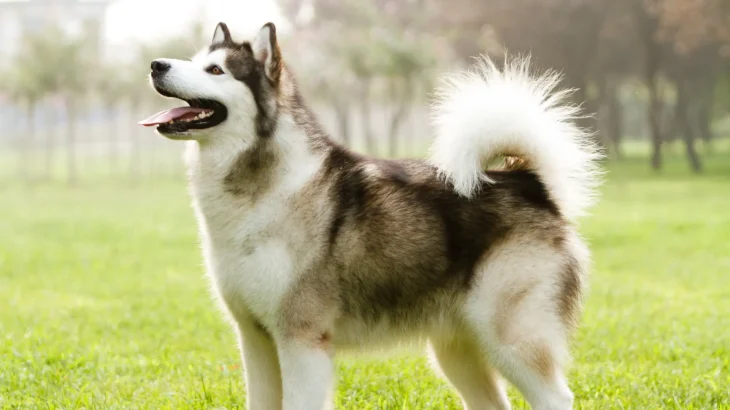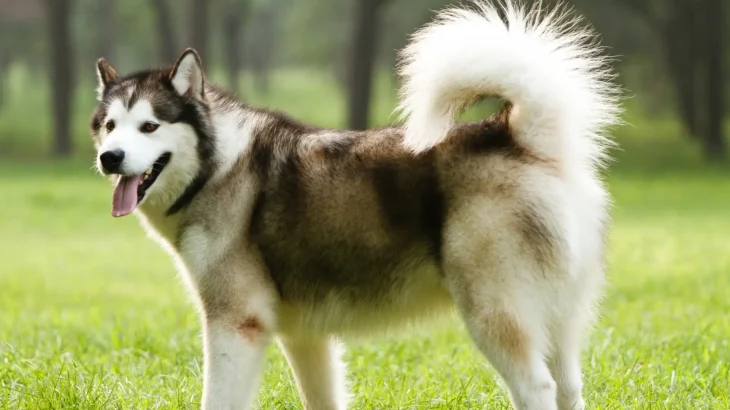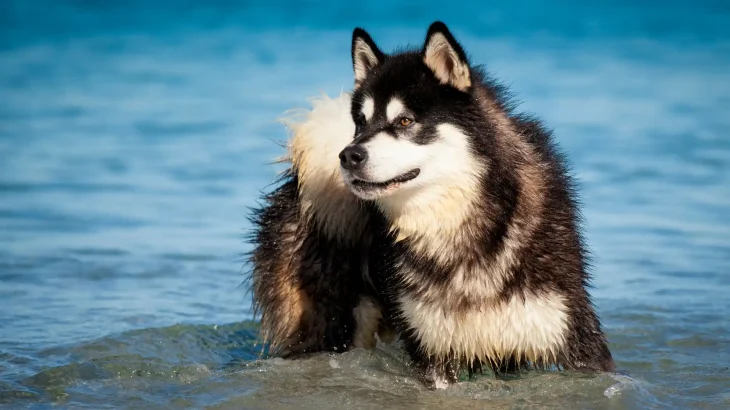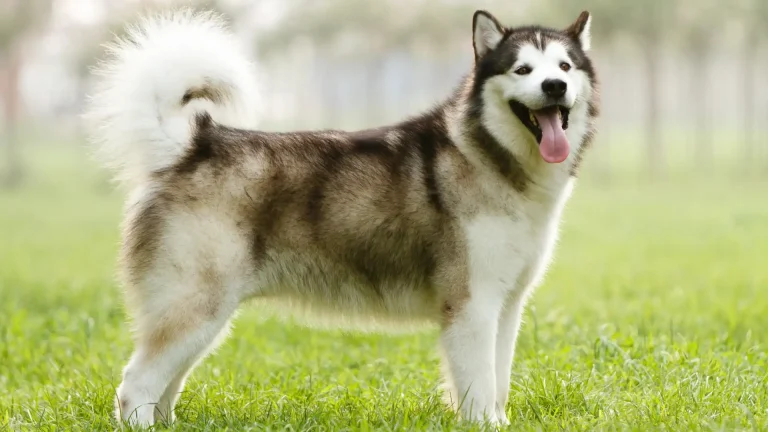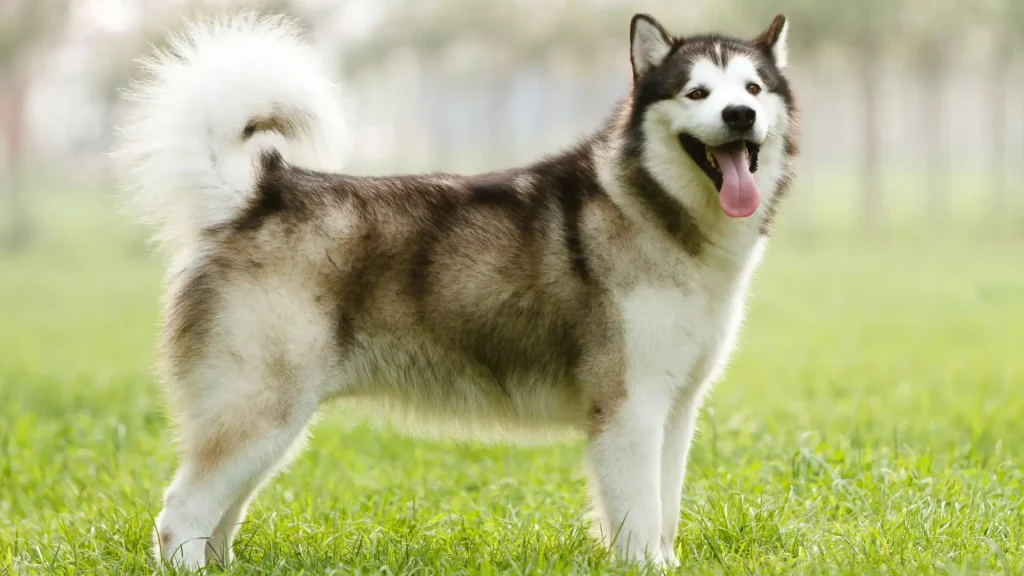When deciding to add an Alaskan Malamute puppy to your family, the choice between adoption and purchasing from a breeder hinges on factors like cost, health transparency, and ethical considerations. Adopting often means giving a home to a dog in need with typically lower fees, while buying from a breeder might provide more detailed health and pedigree information but at a higher cost.
Adoption vs. Breeder: Pros & Cons
| Criteria | Buying from Breeder | Adopting from Shelter/Rescue |
|---|---|---|
| Cost | Higher initial cost reflecting purebred status and breeder investment. | Lower adoption fees, often including vaccinations, spaying/neutering, and microchipping. |
| Health History | Comprehensive health records and genetic screenings usually provided. | Basic health checks performed; full history may be limited or unknown. |
| Age Availability | Primarily puppies available, ideal for raising from young age. | Variety of ages, including adults, allowing for different adopter preferences. |
| Temperament Insight | Breeders can offer knowledge about lineage temperament traits. | Shelter staff observe behavior but full temperament background may be limited. |
| Ethical Considerations | Supports responsible breeding programs with emphasis on breed standards. | Helps save a dog in need and reduces shelter overcrowding. |
| Breed Purity & Pedigree | Assured purebred status with documented lineage and possible show or working dog pedigree. | Breed purity might be uncertain, especially with mixed or unknown ancestry. |



